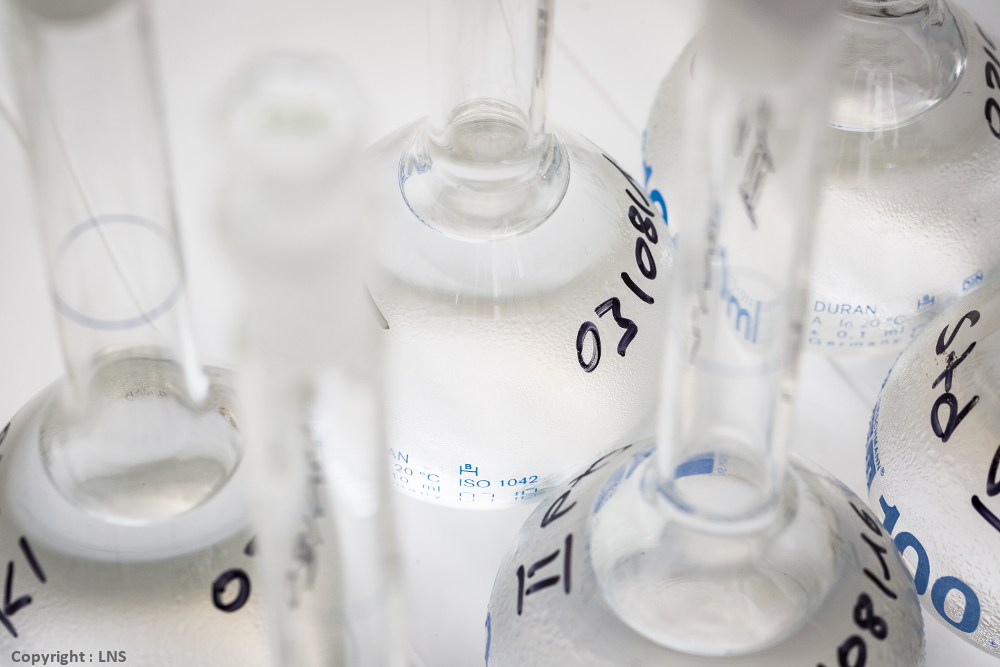Authors: Schummer C, Zandonella I, Van Nieuwenhuyse A, Moris G
Abstract
Chronic intake of cereals contaminated with ergot alkaloids can cause ergotism and result in the loss of toes and fingers or even death. Today, due to common risk management practices, ergotism is rare as a human disease but remains a problem in livestock husbandry. Each alkaloid coexists under two forms (R and S), though only the R-form presents toxic effects. The epimerization occurs spontaneously but the mechanisms remain globally unknown. Therefore, different processing methods were evaluated for their respective influences on the epimerization. The results suggest that ergotamine and ergosine are very stable ergot alkaloids, and neither their concentrations, nor their respective R/S ratios, are significantly influenced by heating, protic solvents or UV light. In contrast, for ergocristine, ergokryptine, ergocornine and ergometrine, heating can decrease the concentrations of these alkaloids and heat, protic solvents and UV light influence the R/S ratio towards the S-form, though the respective influence on the epimerization of these compounds is variable. In addition, the total concentration of all ergot alkaloids is reduced through heating. However, all these effects are not strong enough to change the composition of ergot alkaloids in feed substantially and to transform toxic feed into non-toxic feed.
Heliyon

